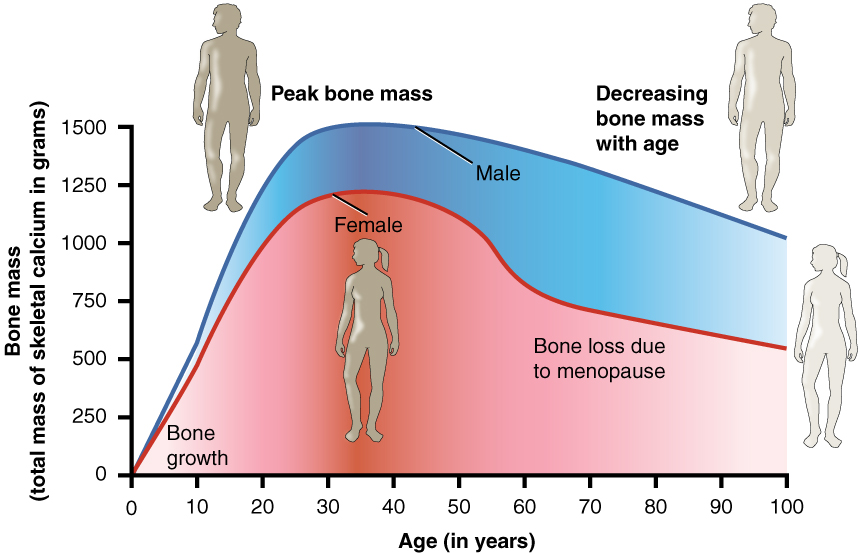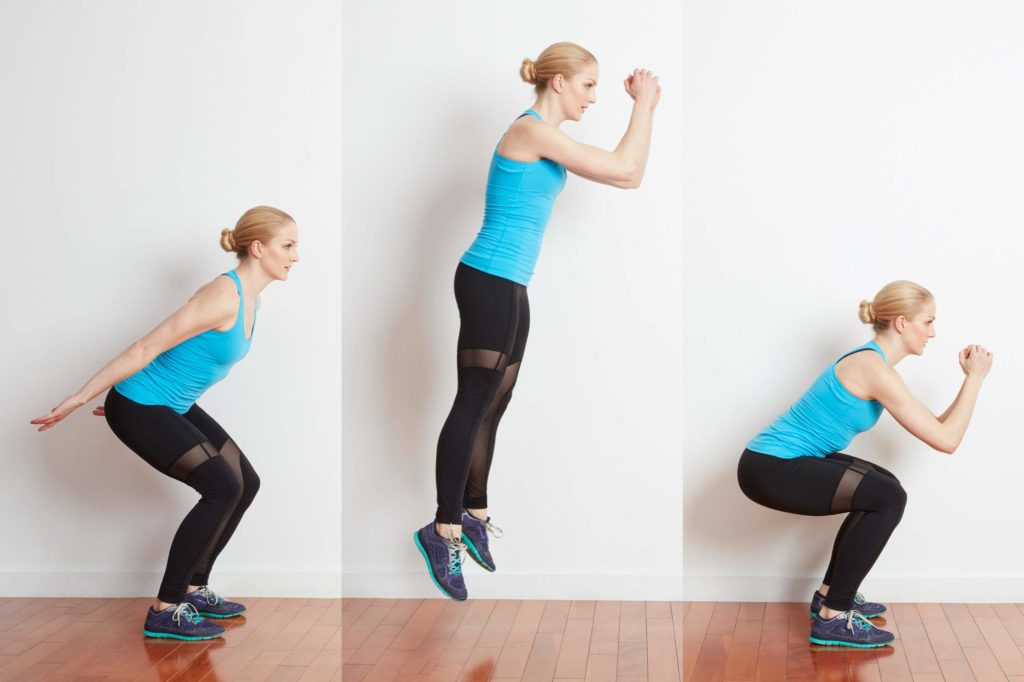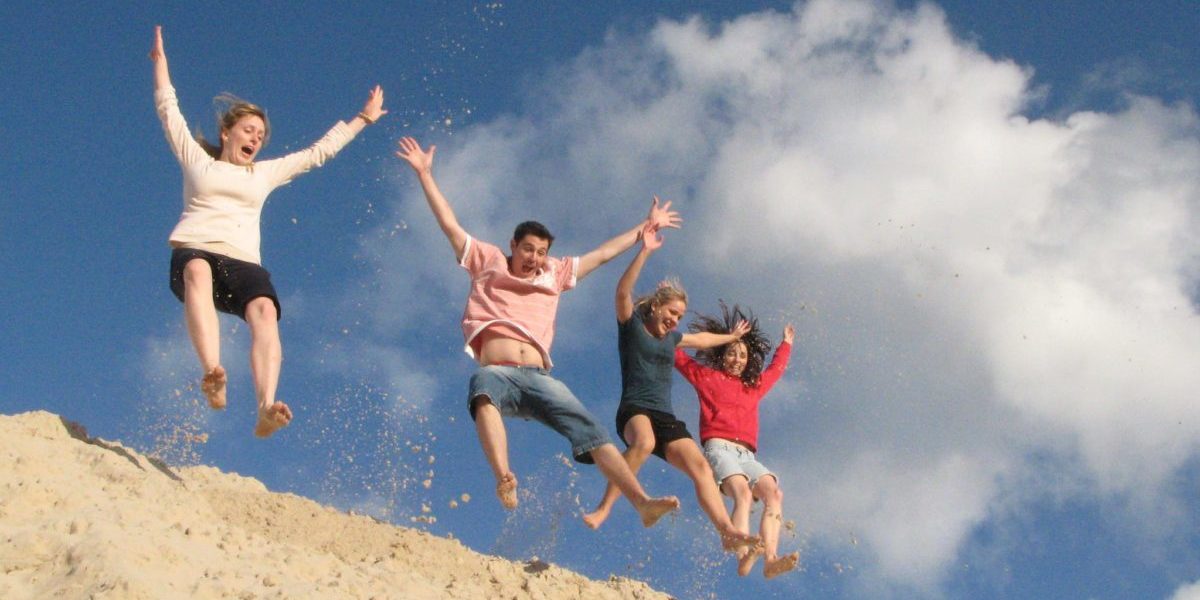When exercising for overall health, the general public tends to disregard the importance of bone health. Often the focus is on consuming milk or calcium rich foods, but are there certain exercises that can increase bone health? Studies show that the presence of impact in exercise plays a major factor.
As we age, everyone loses bone mineral density, which is a determining factor in bone strength and stiffness. Decreasing bone mineral density can lead to bones that easily break and fracture, and will, in extreme cases, result in the disease osteoporosis. Women are at a higher risk of osteoporosis because they lose more bone mineral density as they age due to the process of menopause. Increasing bone mineral density at younger ages can ensure that even with the inevitable bone loss, peoples’ bones are still strong.


Adding high impact activities into one’s exercise routine can increase bone mineral density and prevent weak bones from developing. When athletes engage in high impact activities, the forces from the impact induce small strains in their bones. Strain in bones causes bone growth which increases the bone mineral density of the impacted bones, therefore making them stronger. When gymnasts perform back handsprings or flips, or when volleyball players jump high into the air to spike the ball, they load their bones with high forces. A study done on college athletes showed that gymnasts and volleyball players had significantly higher bone mineral density than swimmers, which is considered a low-impact sport. Additionally, the swimmers did not vary much from the non-athlete group signifying that rigorous exercise is not enough to increase bone health without the presence of impact. The gymnasts also had higher levels of bone mineral density in their arms than all groups, because they were the only sport that induced significant strain in their arms [3].
There are many types of impact sports, from cross country to gymnastics. All impact sports increase bone mineral density in their participants, but the sports that involved the highest loads such as jumping increased bone mineral density more than medium impact sports. Running is a great pastime for overall health but if bone health is a priority more focus should be given to even higher impact activities. Like any other type of workout plan, consistency is key. College athletes show significant increases in bone mineral density from the pre-season to the post-season, meaning that they often lose bone during their time off working out.

It is still unclear what precise frequency of bone impact or amounts of strain optimize bone growth. Higher levels of load generally led to stronger bones, but obviously there is a limit to the amount of load bones can take without breaking. What is the optimal amount of strain to put bones under to produce the strongest possible bones? This is still up for debate, but it is well established that only activities with impact play a role in increasing bone strength. If you’re an avid swimmer or cyclist, consider adding running or some jump squats into your cross training to keep bones strong and healthy.
Featured image cropped from Airtime – Jumping for Joy by Vlad licensed under CC BY-NC 2.0.
